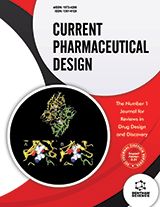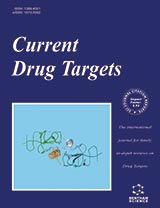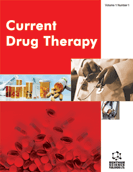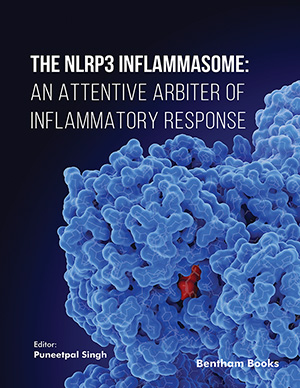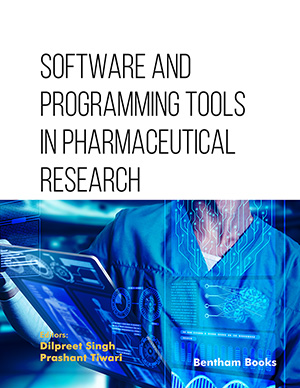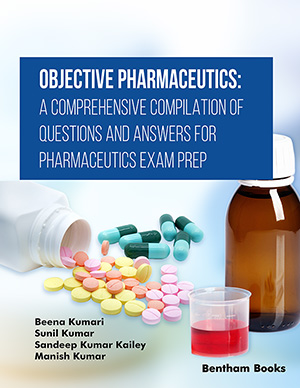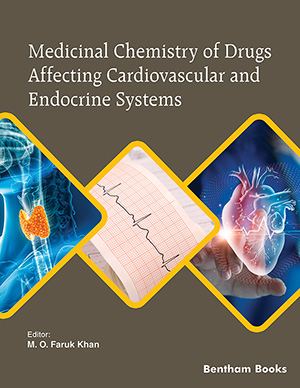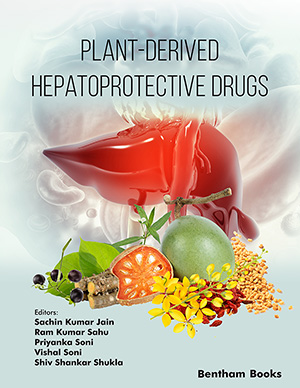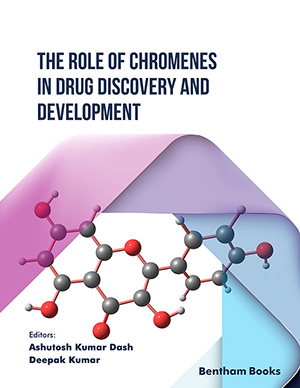Abstract
Over the last years a number of reports have described elevated numbers of regulatory T (Treg) cells inside of tumors, in close proximity of the tumor, draining lymph nodes and also in peripheral blood of patients with solid tumors and hematologic malignancies. There is increasing evidence that Treg cells can migrate into tumors and suppress effective anti-tumor responses in the tumor microenvironment, thus contributing to the prosperity and growth of human tumors. In addition, several mechanisms have been described how conversion of conventional CD4+ T cells into Treg cells can occur in the context of human tumors, yet little is known about the molecular and cellular features responsible for the increase and maintenance of elevated levels of Treg cells in cancer. Recent studies now have elucidated how Treg cells mediate regulatory activity in the tumor microenvironment and enhanced our understanding of the underlying molecular mechanisms. Targeting Treg cells therefore provides an attractive therapeutic strategy to potentially influence the suppressed immune response in tumor patients thereby altering and supporting anti-tumor therapy.
Keywords: Regulatory T cells, tumor immunology, FOXP3
Current Pharmaceutical Design
Title: Regulatory T Cells: Major Players in the Tumor Microenvironment
Volume: 15 Issue: 16
Author(s): Marc Beyer and Joachim L. Schultze
Affiliation:
Keywords: Regulatory T cells, tumor immunology, FOXP3
Abstract: Over the last years a number of reports have described elevated numbers of regulatory T (Treg) cells inside of tumors, in close proximity of the tumor, draining lymph nodes and also in peripheral blood of patients with solid tumors and hematologic malignancies. There is increasing evidence that Treg cells can migrate into tumors and suppress effective anti-tumor responses in the tumor microenvironment, thus contributing to the prosperity and growth of human tumors. In addition, several mechanisms have been described how conversion of conventional CD4+ T cells into Treg cells can occur in the context of human tumors, yet little is known about the molecular and cellular features responsible for the increase and maintenance of elevated levels of Treg cells in cancer. Recent studies now have elucidated how Treg cells mediate regulatory activity in the tumor microenvironment and enhanced our understanding of the underlying molecular mechanisms. Targeting Treg cells therefore provides an attractive therapeutic strategy to potentially influence the suppressed immune response in tumor patients thereby altering and supporting anti-tumor therapy.
Export Options
About this article
Cite this article as:
Beyer Marc and Schultze L. Joachim, Regulatory T Cells: Major Players in the Tumor Microenvironment, Current Pharmaceutical Design 2009; 15 (16) . https://dx.doi.org/10.2174/138161209788453211
| DOI https://dx.doi.org/10.2174/138161209788453211 |
Print ISSN 1381-6128 |
| Publisher Name Bentham Science Publisher |
Online ISSN 1873-4286 |
Call for Papers in Thematic Issues
"Tuberculosis Prevention, Diagnosis and Drug Discovery"
The Nobel Prize-winning discoveries of Mycobacterium tuberculosis and streptomycin have enabled an appropriate diagnosis and an effective treatment of tuberculosis (TB). Since then, many newer diagnosis methods and drugs have been saving millions of lives. Despite advances in the past, TB is still a leading cause of infectious disease mortality ...read more
Current Pharmaceutical challenges in the treatment and diagnosis of neurological dysfunctions
Neurological dysfunctions (MND, ALS, MS, PD, AD, HD, ALS, Autism, OCD etc..) present significant challenges in both diagnosis and treatment, often necessitating innovative approaches and therapeutic interventions. This thematic issue aims to explore the current pharmaceutical landscape surrounding neurological disorders, shedding light on the challenges faced by researchers, clinicians, and ...read more
Emerging and re-emerging diseases
Faced with a possible endemic situation of COVID-19, the world has experienced two important phenomena, the emergence of new infectious diseases and/or the resurgence of previously eradicated infectious diseases. Furthermore, the geographic distribution of such diseases has also undergone changes. This context, in turn, may have a strong relationship with ...read more
Melanoma and Non-Melanoma Skin Cancer Treatment: Standard of Care and Recent Advances
In this thematic issue, we aim to provide a standard of care of the diagnosis and treatment of melanoma and non-melanoma skin cancer. The editor will invite authors from different countries who will write review articles of melanoma and non-melanoma skin cancers. The Diagnosis, Staging, Surgical Treatment, Non-Surgical Treatment all ...read more
 45
45
- Author Guidelines
- Graphical Abstracts
- Fabricating and Stating False Information
- Research Misconduct
- Post Publication Discussions and Corrections
- Publishing Ethics and Rectitude
- Increase Visibility of Your Article
- Archiving Policies
- Peer Review Workflow
- Order Your Article Before Print
- Promote Your Article
- Manuscript Transfer Facility
- Editorial Policies
- Allegations from Whistleblowers
- Announcements
Related Articles
-
Anti-Cancer Activity of Curcumin on Multiple Myeloma
Anti-Cancer Agents in Medicinal Chemistry Clinical Significance of Thiopurine S-Methyltransferase Gene Polymorphisms
Current Pharmacogenomics A Fatal Case of Acute Interstitial Pneumonia (AIP) in a Woman Affected by Glioblastoma
Current Drug Safety Targeting the Epidermal Growth Factor Pathway as Therapy for Glioblastoma
Current Cancer Therapy Reviews Imatinib Mesylate for the Treatment of Solid Tumours: Recent Trials and Future Directions
Current Enzyme Inhibition DNA Hypermethylation of Myeloid Cells, A Novel Therapeutic Target in MDS and AML
Current Pharmaceutical Biotechnology The Involvement of Blood Coagulation Factor XIII in Fibrinolysis and Thrombosis
Cardiovascular & Hematological Agents in Medicinal Chemistry Molecular Genetics and Targeted Therapy in Hepatocellular Carcinoma
Current Cancer Drug Targets Pharmacological Strategies to Overcome HER2 Cross-Talk and Trastuzumab Resistance
Current Medicinal Chemistry Antibody-Drug Conjugate Targets
Current Cancer Drug Targets Comprehensive DNA Methylation-transcriptome Profiles Association Analysis During the Treatment of Acute Myelocytic Leukemia
Current Pharmaceutical Design Triazene Compounds in the Treatment of Acute Myeloid Leukemia: A Short Review and a Case Report
Current Medicinal Chemistry Biosimilar Filgrastim in Autologous Peripheral Blood Hematopoietic Stem Cell Mobilization and Post-Transplant Hematologic Recovery
Current Medicinal Chemistry Diagnostic Methods in the Detection of Prostate Cancer: Prospective Observational Study
Current Medical Imaging Targeting Cancer: The Challenges and Successes of Structure-Based Drug Design Against the Human Purinome
Current Topics in Medicinal Chemistry BIBR 1532 Increases Arsenic Trioxide-mediated Apoptosis in Acute Promyelocytic Leukemia Cells: Therapeutic Potential for APL
Anti-Cancer Agents in Medicinal Chemistry Antibody-directed Double Suicide Gene Therapy Targeting of MUC1- Positive Leukemia Cells In Vitro and In Vivo
Current Gene Therapy Editorial: Advances in Epithelial Ovarian Cancer Therapy
Current Pharmaceutical Design Subungueal Haemorrhages Following Docetaxel (Taxotere) Treatment
Current Drug Safety Molecular Markers for Individualized Therapy in Colorectal Cancer: Progress Towards a Pharmacogenomics Array
Current Pharmacogenomics and Personalized Medicine


